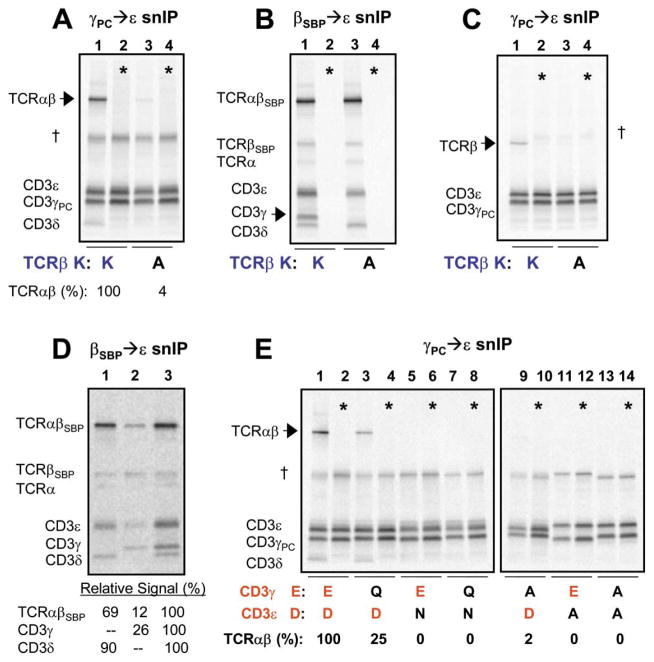Figure 4. TCRβ TM Lysine and Both CD3γε TM Acidic Residues Are Required for TCRβ-CD3γε Association.
(A–C) TCRβ TM lysine [K] is required for CD3γε association with TCR. In reactions containing TCRα, β, and CD3γ, δ, and ε, alanine substitution of TCRβ TM K results in loss of TCR association with CD3γPCε (A) and specific loss of CD3γ from TCR-CD3 subcomplexes selected by a different IP strategy (B). The same result is obtained when the complexity is reduced to the three-chain TCRβ-CD3γε complex (C).
(D) CD3γ associates with TCR more efficiently when CD3δ is also present. TCR-CD3 complexes were assembled in reactions containing TCRαβSBP and CD3δε (lane 1), CD3γε (lane 2), or CD3γδε (lane 3). TCR-CD3 products were isolated as in (B). Relative signal recovered in the indicated bands was quantitated by densitometry using a phosphor imager.
(E) Both CD3γε TM acidic residues are required for association with TCR. Assembly reactions were performed and analyzed precisely as in (A), with conservative (aspartic acid to asparagine, D→N; glutamic acid to glutamine, E→Q) or non-conservative (alanine, A) substitutions in CD3γε TM regions.
Quantitation and mixing controls (*) were performed as above.

